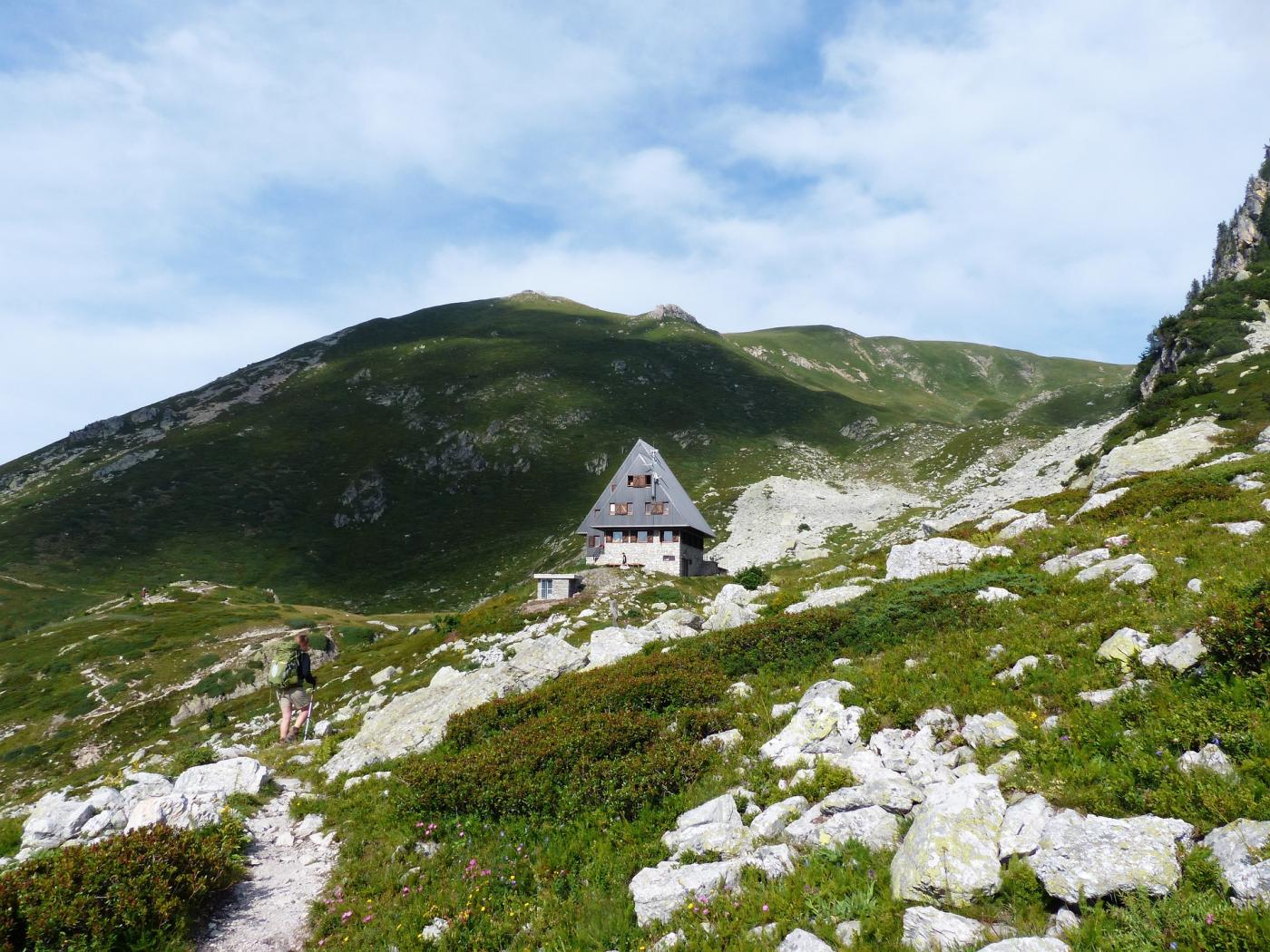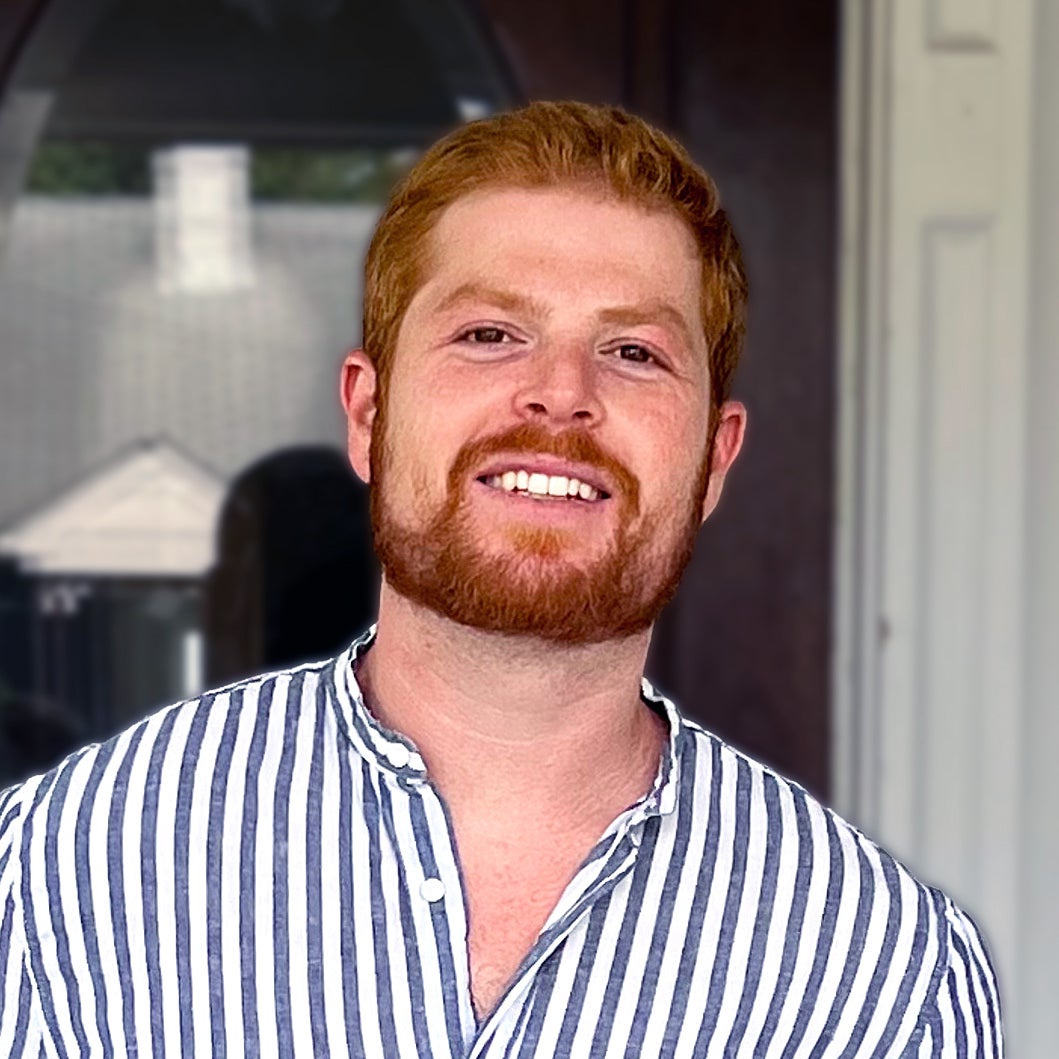
Ben Shapiro Named 2024 Hart Howerton Fellow

The UVA School of Architecture congratulates Ben Shapiro (MArch '25), who received a 2024 Travel Fellowship with Hart Howerton, a firm comprised of planners, architects, landscape architects and interior designers headquartered in New York and San Francisco with a network of domestic and international offices.
In 2006, Hart Howerton began an educational initiative to provide a select number of Fellowship positions to undergraduate and graduate students at design schools. Each summer, the Fellowship allows the firm to offer internships in their East and West Coast offices to students in planning, architecture, landscape architecture or interior design. The Fellowship also provides funded travel for research on a topic the Fellow selects. Named by Architectural Digest as one of the Fellowship programs “paving the way for the future of architecture and design,” Hart Howerton’s Chairman David P. Howerton (BCP ‘74) elaborated on this year’s applicants noting, “We continue to be inspired by the depth and breadth of work produced by our industry’s next generation of design leaders.”

According to Shapiro, the fellowship is a great opportunity to spend time working alongside a dedicated team of professional designers while also honing his skills as a design researcher. He said, "While at Hart Howerton, I am hoping to find mentorship in a community that values continued curiosity and research, while also creating impactful projects at many scales. I also look forward to continuing to gain technical skills in a new setting that will help me transition seamlessly into an office following graduation.”
Shapiro’s proposed research project will include travel to the Italian Alps where he will study mountain huts and their role in defining the cultural heritage of the area. These physical structures are spread across the nine mountain ranges of the Dolomites, a UNESCO World Heritage site that includes the natural parks Puez-Odle and Fanes-Senes-Braies. Shapiro will research the design and experiential conditions of this architectural type – that emphasizes connection to nature, physical and mental wellbeing, and strong community bonds. His work draws out the importance of these characteristics in a post-covid world, reflecting on the role architecture can play in promoting these positive benefits.
“I’m really excited about the opportunity to go visit these sites to develop an in-person understanding of the spaces that will strengthen the analysis and documentation of the huts,” said Shapiro. “I’m also looking forward to the possibility that this research will lead to applying some of the principles taken from the huts in the Alps to new alpine projects in the future.”
Following his travel research, Shapiro will return to Hart Howerton’s office to put together a book with the outcome of the research. He will continue to work on projects related to alpine architecture at the practice, while gaining mentorship and professional development experience.


